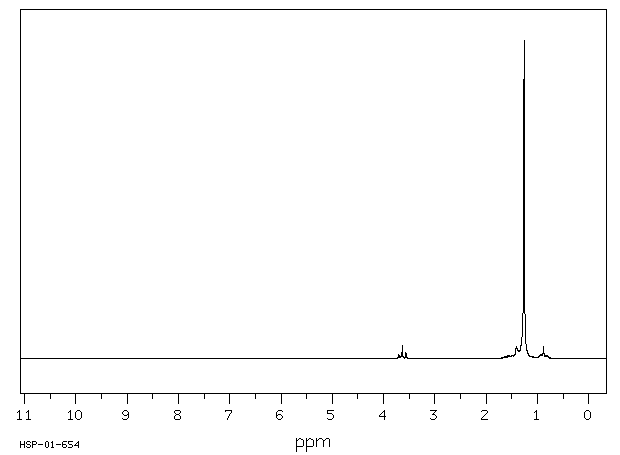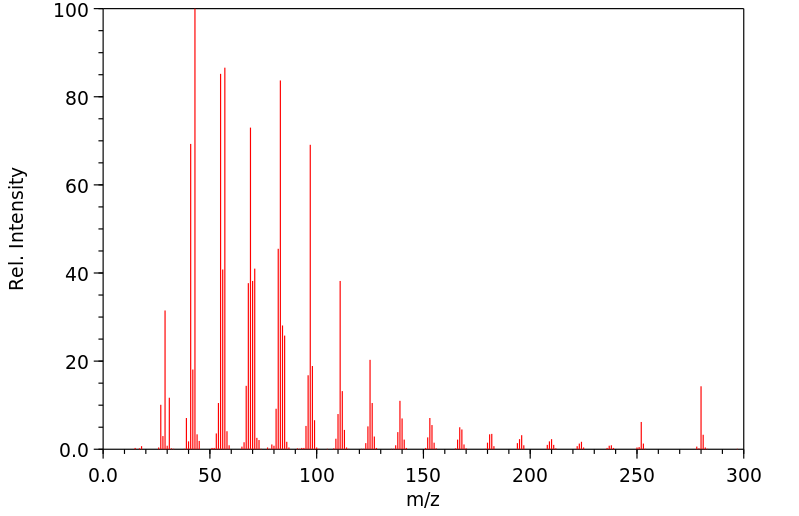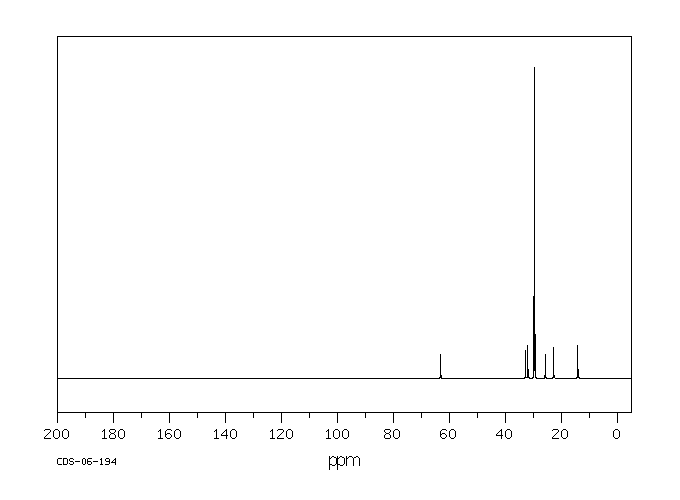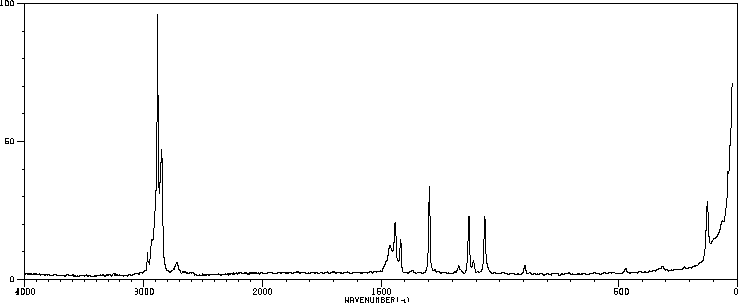代谢
在合成海水中以单一碳源醋酸盐或n-icosane(二十烷)培养的革兰氏阴性海洋细菌Marinobacter hydrocarbonoclasticus的脂质被分离、纯化,并确定了其结构。根据使用的顺序程序,分离出三种不同的脂质池:"未结合"的脂质可通过溶剂提取,碱性条件下释放的脂质("酯结合")和酸性水解释放的脂质("酰胺结合")。在醋酸盐和n-icosane培养物的"未结合"脂质中,鉴定出了偶碳数的n-脂肪酸。除了这些化合物外,n-icosane还诱导了n-icosan-1-ol(二十烷-1-醇)和n-icos-11-en-1-ol(二十碳-11-烯-1-醇)的形成,以及一系列从C12到C20的ß-羟基酸。在两种培养物的"酯结合"脂质中,鉴定出了短链和长链脂肪酸以及ß-羟基C12:0酸。这种羟基酸在两种培养物的"酰胺结合"脂质中是绝对主要的化合物。比较两种培养物的分析数据,以及"未结合"池组成上的差异,提出了以下n-icosane的代谢途径:首先进行C20初级醇的羟基化,转化为C20 ß-羟基酸,随后降解为更低的同系物。与此形成鲜明对比的是,"酯结合"和"酰胺结合"池中的脂质几乎不受营养变化的影响。以同样的方式检查了大肠杆菌的脂质。结果从地球化学影响的角度进行了讨论,与颗粒物和沉积物中"未结合" ß-羟基酸的存在相关。
The lipids of the Gram-negative marine bacterium Marinobacter hydrocarbonoclasticus, cultivated in synthetic seawater on a single carbon source, acetate or n-icosane, were isolated, purified and their structures determined. Three different pools of lipids were isolated according to the sequential procedure used: "unbound" lipids extractable by solvents, lipids released under basic conditions ("ester bound") and lipids released by acid hydrolysis ("amide bound"). Even-carbon-numbered, n-fatty acids were identified in the "unbound" lipids of both the acetate and n-icosane cultures. In addition to these compounds, n-icosane induced the formation of n-icosan-1-ol and n-icos-11-en-1-ol, and also of a series of ß-hydroxy acids ranging from C12 to C20. In the "ester bound" lipids of the two cultures, short and long chain fatty acids were identified together with the ß-hydroxy C12:0 acid. This hydroxy acid was, by far, the major compound identified in the "amide bound" lipids of the two cultures. Comparison of the analytical data for the two cultures, and the differences in composition thus observed for the "unbound" pool, suggest the following metabolic pathway for n-icosane: hydroxylation to the C20 primary alcohol, transformation into the C20 ß-hydroxy acid and subsequent degradation into lower homologues. In sharp contrast, lipids from the "ester bound" and "amide bound" pools were quite unaffected by the change of nutrient. Lipids from Escherichia coli were also examined in the same manner. The results are discussed in terms of geochemical implications, relative to the presence of "unbound" ß-hydroxy acids in particulate matter and sediments.
来源:Hazardous Substances Data Bank (HSDB)











